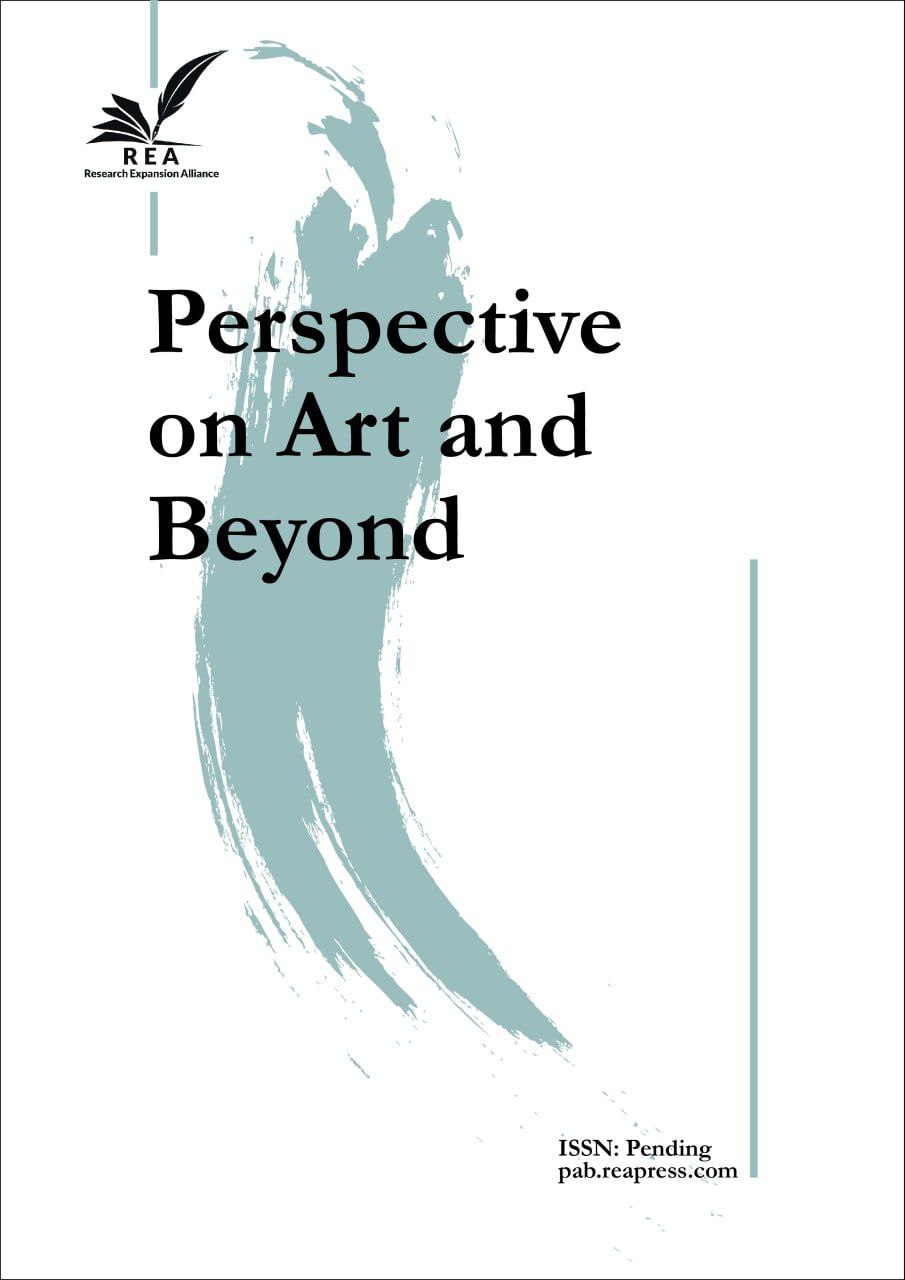A Comparative Study of the Representation of Nature in Chinese Painting and Iranian Miniature
Abstract
Two essential characteristics of Iran and China have played a significant role in the evolution of art: the influence of religion and the importance of art to the royal courts throughout various eras. There are both similarities and differences in how religion impacted the formation of the arts particularly painting as well as in the political and commercial exchanges between these two civilizations. By examining relevant artworks, one can trace the influence of these factors on the artists of their time and their creations. The central issue of this research is the examination of how nature is represented in the painting traditions of two ancient Asian civilizations Iran and China and the analysis of the similarities and differences that arise from their respective intellectual, cultural, and aesthetic foundations. The main research question is: How have the philosophical roots and dominant worldviews of each civilization influenced the representation of nature in painting, and what differences have these produced in their artistic perspectives on nature? Rather than focusing on the symbolism of natural elements, this study adopts a holistic approach to investigate the representation of nature through artistic techniques and intellectual contexts. The article is structured in two main parts: the first explores the philosophical foundations and conceptual approaches to nature in each civilization, and the second presents a comparative analysis of their painting techniques and visual structures. This research aims to provide a clearer understanding of how Iranian and Chinese artists have engaged with nature and to highlight the role of Eastern worldviews in shaping their visual language.
Keywords:
Nature, Chinese painting, Iranian miniature, DaoReferences
- [1] Atabati, B., & Dadour, A. (2016). Exploring the influence of Chinese social conditions and circumstances on the landscape creation of Song Dynasty painters. The effect of art, (16), 97–110. (In Persian). https://ensani.ir/file/download/article/20170612095723-9642-95.pdf
- [2] Ansari, M., & Saleh, E. (2012). A comparative study of painting of the second Tabriz school and the Iranian garden in the timurid and safavid periods. Nagareh quarterly, 7(22), 5–24. (In Persian). https://negareh.shahed.ac.ir/article_45.html?lang=en
- [3] Moghadam Kafshchian, M., & Yahaghi, M. (2011). A study of symbolic elements in Iranian painting. Bagh Nazar, 8(19), 65–76. (In Persian). https://sid.ir/paper/125476/fa
- [4] Khademi Nadushan, F., & Babamoradi, R. (2007). The influence of Iranian painting on the subcontinent with emphasis on the Indian Mughal painting school. Art, (2), 29–36. (In Persian). https://b2n.ir/ez8709
- [5] DorostkarAhmadi, B., & Eskandari, I. (2015). Refining iranian painting from the ilkhanid to safavid periods from foreign chinese elements with emphasis on the three great shahnamehs of damut, baysanqari, and tahmasbi [Thesis]. Tehran University of Art. (In Persian). https://b2n.ir/ky4750
- [6] Rikhtegaran, M. R. (2006). Art and aesthetics in East Asia. Institute for the compilation, translation and publication of artistic works of the text. (In Persian). https://b2n.ir/nk5817
- [7] Gumbrich, E. (2024). Art history book. Nashr Ney. https://www.iranketab.ir/book/25441-the-story-of-art
- [8] Faramarzi, M. T., & Gardner, H. (2025). Art over time. Negah publishing institute. (In Persian).. https://b2n.ir/tn6435
- [9] Jensen, H. V. (2015). World art history book. Maziar publications. https://b2n.ir/gd8576
- [10] Hamby, L. (2025). Manichaean and Zoroastrian art. Molly. https://b2n.ir/tn6435
- [11] Azhand, Y. (2010). Iranian miniature painting. Samt. (In Persian). https://b2n.ir/pm5866
- [12] Eliade, M. (2023). A collection of fundamental scriptures from around the world [Translated by M, Salehi Alame]. Fararavan Publications. https://www.iranketab.ir/book/12632-from-primitives-to-zen
- [13] Golaczy, Z. (2022). Manichaean art in the berlin collections [Translated by S, Mirzaei].
- [14] Institute for the compilation, translation and publication of artistic works of the text. https://b2n.ir/zb1999
- [15] Gardner, H. (2014). Art through time: A global view. https://B2n.ir/kx6828
- [16] Lotfi, F. (2012). Schools of painting. Mirdashti cultural center. (In Persian). https://b2n.ir/dq3065
- [17] Hugh Honour, J. F. (2011). A world history of art. Laurence King. https://B2n.ir/gq8999


